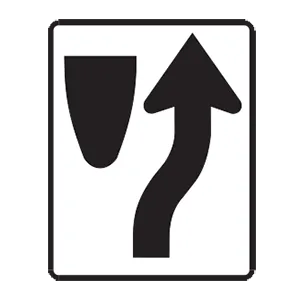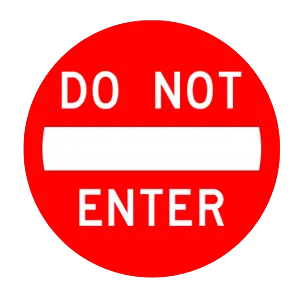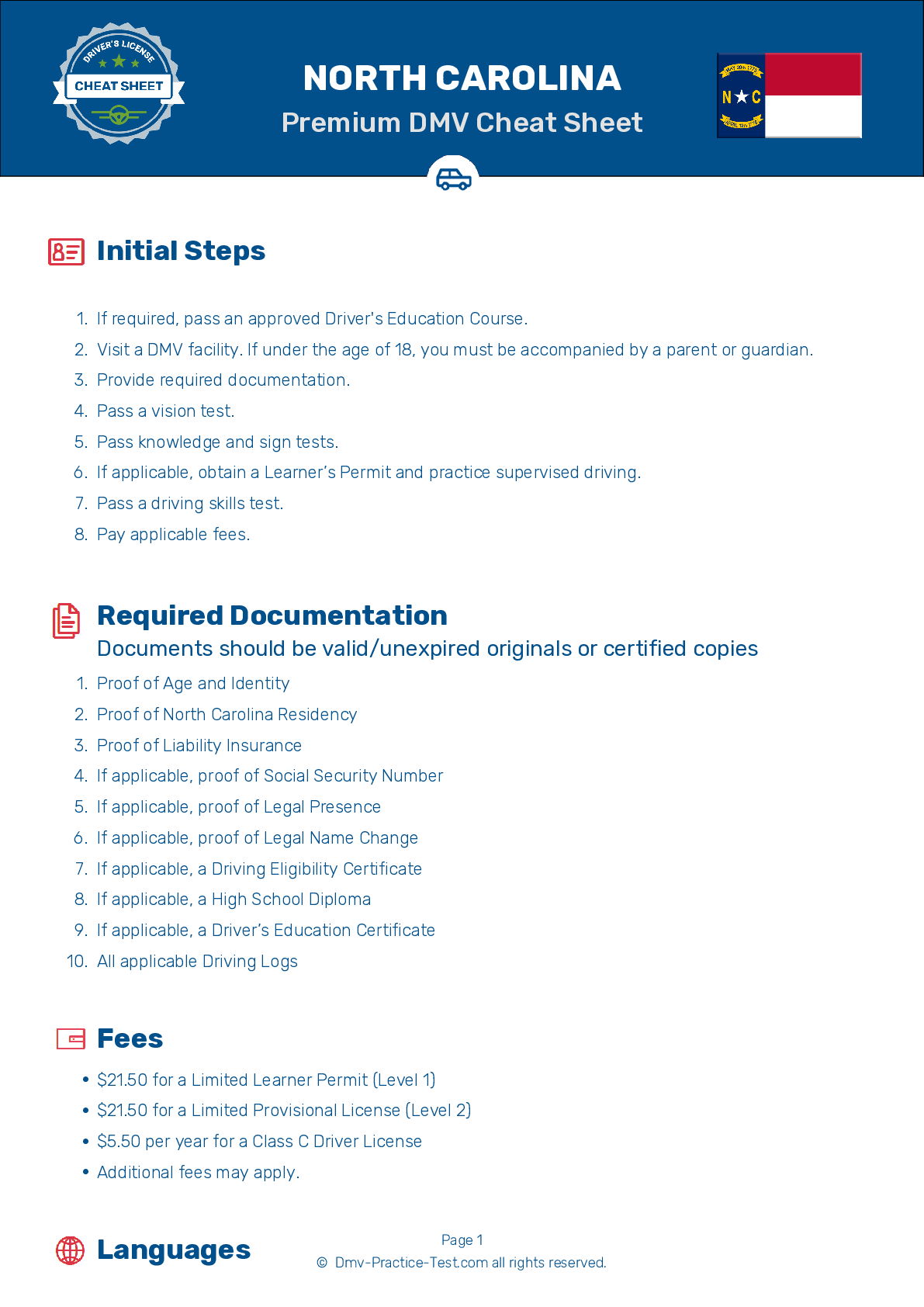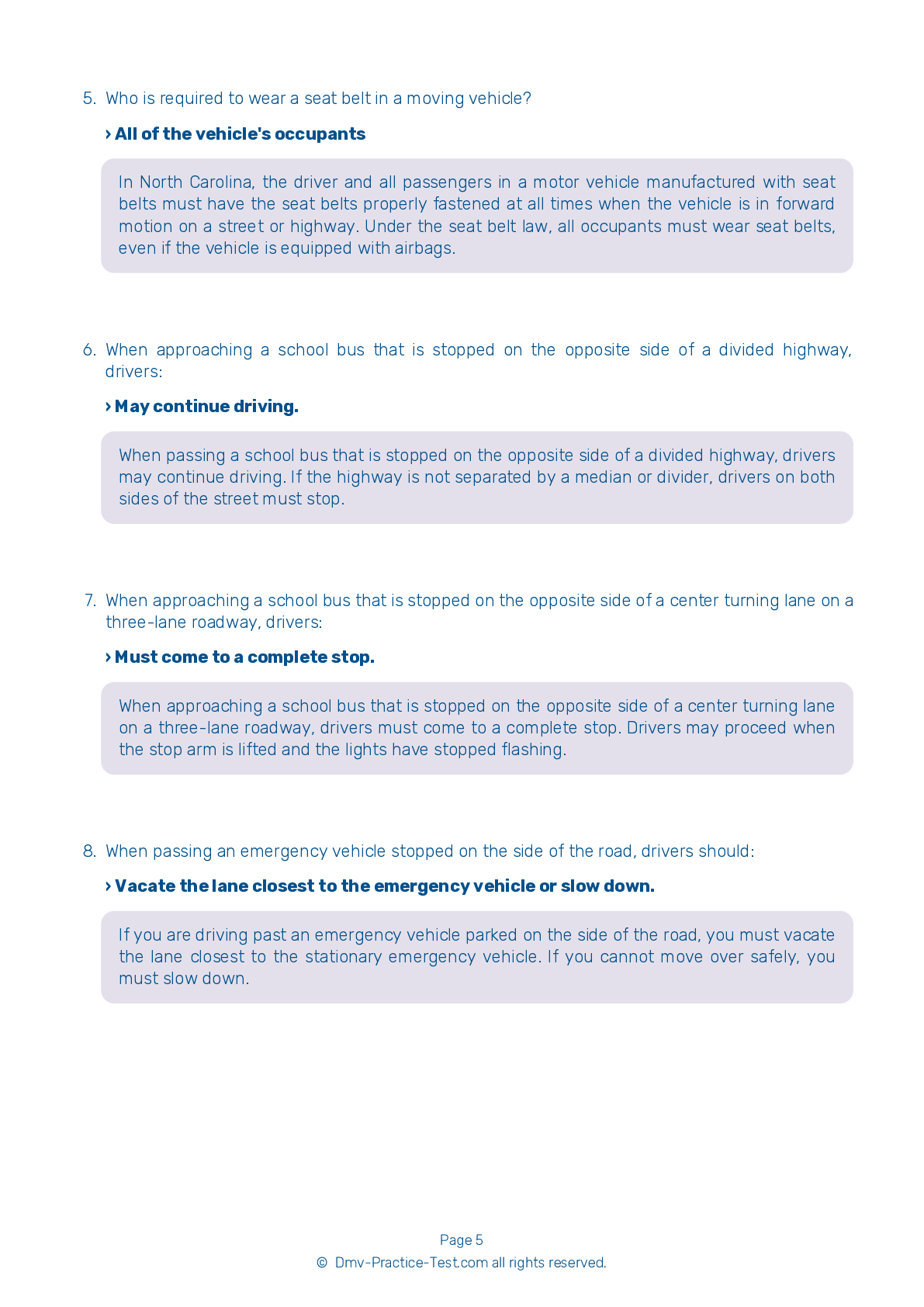FREE North Carolina DMV Practice Test #11 Page 2 of 5
The DMV practise exams in North Carolina have been updated for January 2025. It includes questions based on the most important traffic signals and legislation in the North Carolina Driver Handbook for 2025. To study for the DMV driving permit test and driver's licence exam, use actual questions that are very similar (often identical!) to the DMV driving permit test and driver's licence exam.
Each question on the practise exam has a tip and explanation to help you recall the ideas. Questions about traffic rules, traffic signs, and driving statutes, as well as knowledge from the Driver Handbook, will be included in the written portion of the official North Carolina DMV test.
You must properly answer 32 of the 37 questions to receive a passing mark. To help you prepare for your instruction permit or driver's licence, take this practise test from the North Carolina Department of Motor Vehicles.
The DMV exam is offered in a variety of languages.
Using any form of testing help will result in an automatic fail, and the DMV may take further action against your driver's licence, so avoid it.
10 . You should be cautious when passing a bicycle because:
You should always be cautious when passing a bicycle because the cyclist may have to swerve into traffic to avoid an object on the road. Always be particularly careful when driving near bicyclists.
11 . When the road is marked with a solid yellow line and a broken yellow line, with the broken line next to your lane, you may pass:
When there is a solid yellow line and a broken yellow line in the center of the road and the broken line is next to your lane, you may cross the lines to pass if there is no oncoming traffic.
12 . A steady yellow traffic signal means that a ____ light will soon appear.
A steady yellow light on a traffic signal indicates that a steady red light will soon appear.
13 . This sign means:

Regulation signs regulate traffic speed and movement, displaying rules which drivers must obey. This regulation sign indicates that drivers should keep right to avoid an upcoming potential driving hazard.
14 . Emergency vehicles:
You must yield the right-of-way to police cars, fire engines, ambulances, or any other emergency vehicles using a siren or air horn and a red or blue flashing light. Follow any instructions given over the emergency vehicles' loudspeakers. Emergency vehicles often follow each other so you should proceed only when you are certain the way is clear.
15 . If you are driving in another driver's blind spot, you should:
Do not drive in someone else’s blind spot. Move forward or drop back so that the other driver can see you.
16 . This sign means:

This sign means that it is not safe for drivers to enter the indicated road or driveway from their current direction. If you come across one of these signs, you should immediately turn around and drive a different way.
17 . A fully loaded tractor-trailer traveling at 55 mph could take up to ____ to come to a complete stop.
Tractor-trailers take longer distances to stop than smaller cars traveling at the same speed. A fully loaded tractor-trailer may take almost 400 feet to come to a complete stop when driving at 55 mph.
Need Car Insurance? No problem!
Compare the best rates in North Carolina and find a personalized policy that meets your needs.
1. Are You Currently insured ?
2. Married ?
3. Do you own your Home?
4. Do you have more than 1 car ?
5. Have you or a Family Member Honorably Served in U.S. Military ?
6. Your Name
7. Age
8. Zip code
IMPORTANT REMINDER:Auto Insurance is Mandatory to drive in North Carolina. Get covered before you hit the road to avoid any fines.
Ranked by best match



